#malacology
Text

since i've gotten in the habit of sitting perfectly still to watch hermit crabs, i've developed a fascination with finding very, very small seashells...
#the shark tooth was a party favor at a local art event but i'm including it for scale!#shebbz irl#seashell#beach life#mermaidcore#malacology#shebbz shoutz
44 notes
·
View notes
Text

Asian Green Land Snail (Leptopoma perlucidum), family Cyclophoridae, found in Indonesia, Malaysia, The Philippines, and the Solomon Islands
photograph by scraf
9K notes
·
View notes
Text

Earshell Slug (Testacella haliotidea)
Family: Testacella Family (Testacellidae)
IUCN Conservation Status: Least Concern
All slugs are believed to have descended from shelled snail-like ancestors, and are thought to have lost their tough external shells in exchange for greater manoeuvrability and flexibility. However, a handful of species of slugs still retain small external shells, and the Earshell Slug (which possesses a tiny abalone-shaped shell on the "tail tip" at the end of its body) is one such species. That being said, it is unclear what purpose, if any, such a tiny shell serves; it is plausible that it is a vestigial characteristic that has no function, although it has been suggested that it may serve some purpose in allowing the slug to retain moisture when exposed to sunlight, or that it may provide some minor protection from predators (notably, when threatened Earshell Slugs will retract their tentacles and "curl" their large bodies up into a small compact oval, in which state they may be slightly better protected.) Native to much of western Europe and also present in New Zealand, Australia and North America as an invasive species, Earshell Slugs are believed to be fairly common throughout their range but are very rarely seen due to their unusual lifestyle; they are specialised predators that feed exclusively on earthworms, and as such spend the vast majority of their lives underground or amongst dense leaf litter searching for prey, coming to the surface only when soil compaction caused by heavy rain forces them to do so. While the subterranean lifestyle of this species means that much of its lifecycle is a mystery, it is known that (like most terrestrial gastropods,) members of this species are hermaphrodites (producing both sperm and ova,) and based on the anatomy of their reproductive organs it is possible that they are able to reproduce asexually by fertilizing their own eggs.
——————————————————————————
Image Source: https://www.inaturalist.org/taxa/232389-Testacella-haliotidea
#Earshell Slug#slug#slugs#shelled slugs#zoology#biology#malacology#limacology#animal#animals#wildlife#European wildlife#gastropod#gastropods#mollusc#molluscs#invertebrate#invertebrates
64 notes
·
View notes
Text

Sea-snail awareness
Upper Right: McGinty’s Cyphoma
Lower Three: Flamingo Tongue
MS, R. Tucker A., and The New Illustrated Naturalist. 1954. ‘American Seashells’. 1st ed. Princeton, New Jersey: D. Van Nostrand Company, Inc.
#natural history#marine biology shitpost#sea creatures#marine biology#endangered species#fishblr#snailblr#snail thoughts#snails#sea snail#snailcore#snailposting#slugs and snails#wildlife#sea life#seashells#scientific illustration#signal boost#ecology#malacology#biologyblr#wildlife conservation#isopods#paleoblr#entomology#deep sea#marine biodiversity#natural science#evolutionary theory#scienceblr
181 notes
·
View notes
Text
I'm currently researching freshwater mussels and I came upon this book by David Strayer and..let me just show you the table of contents:
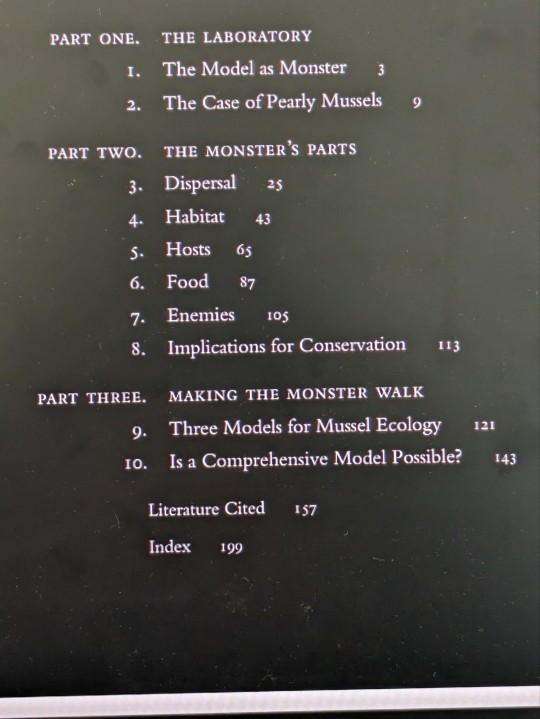
?????
@wtf-scientific-papers technically its a book but still
#wrenfea.paper#I love malacologists they are all freaks#i admire them so much#malacology#malacologist#mussels#mollusks#mollusca#Frankenstein#frankensteins monster
18 notes
·
View notes
Text
youtube
The Cambrian explosion was one of the biggest evolutionary events in the history of life on earth. It was the start of most animal groups alive today with a diversity in shapes, sizes, and niches that has remained unparalleled. The main hypotheses proposed to explain this extreme expansion of biodiversity suggest that either the genetics of lifeforms were more flexible than they are today or the creation of too many ecological niches forced organisms to adapt to them at an alarming rate. Both cannot be ruled out to have occurred together.
#paleontology#fossils#dinosaurs#scicomm#invertebrate#crustacean#arthropod#entomology#malacology#pakucaris#cambrian#Youtube
23 notes
·
View notes
Text
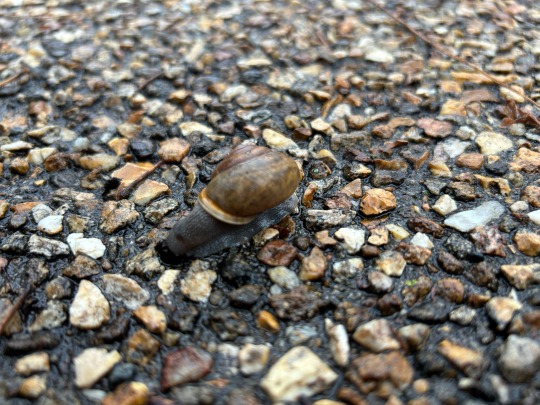
Got bored, found a snail friend.
October 28, 2023
#snail#nature#nature photography#malacology#macro#macrophotography#got bored#iPhone#original photography#wildlife photography#animal photography#photography#animal#wildlife#photographers on tumblr#wanderingjana
15 notes
·
View notes
Text
I saw a slug today! I extended my finger for him to climb on but instead he started nibbling me, you can see his mouth actually moving too. It felt super weird! Like a very subtle scraping sensation. They have very microscopic little teeth that they basically just scrape along things to eat and thats whats happening to my finger
5 notes
·
View notes
Text

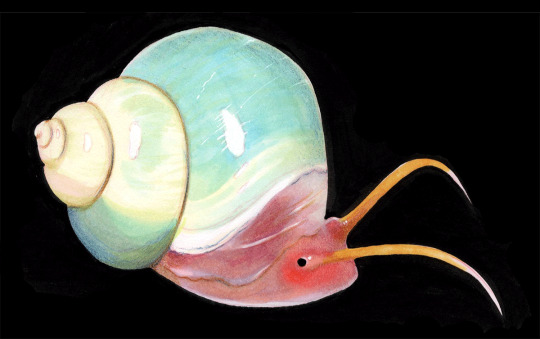
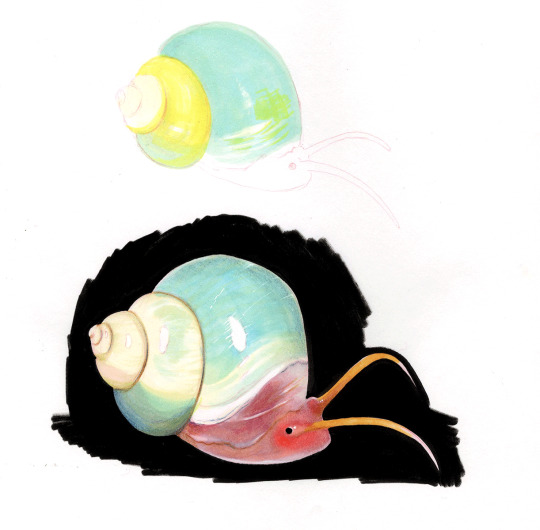
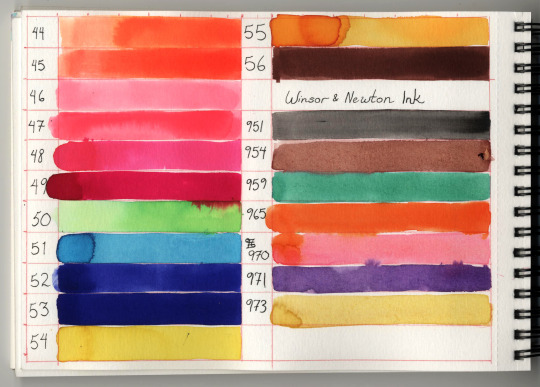
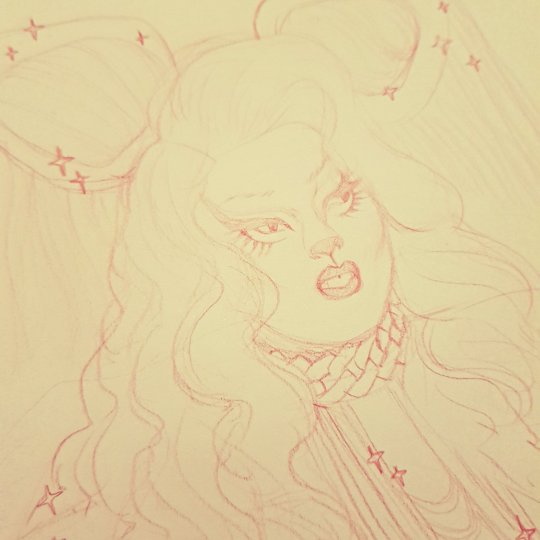
Some recent sketchbook work
29 notes
·
View notes
Text


plain pocketbook freshwater mussel shell
i do mussel research & i enjoy looking for them whenever im around water :3 they are a hidden gem for sure
3 notes
·
View notes
Text
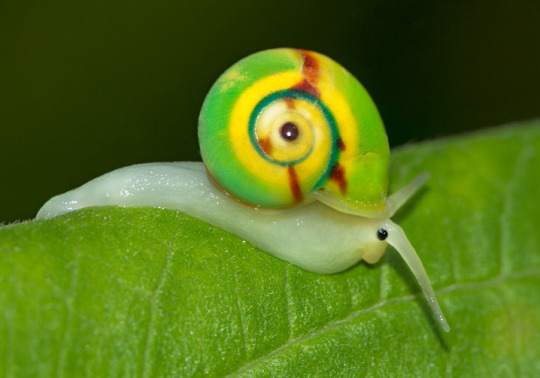

2 color varieties of the Land Snail, Helicina viridis, family Helicinidae, Dominican Republic
photographs by Carlos De Soto Molinari
5K notes
·
View notes
Photo

Arboreal snail genus Amphidromus Albers, 1850 of Southeast Asia: Shell polymorphism of Amphidromus cruentatus (Morelet, 1875) revealed by phylogenetic and morphometric analyses
Chi-Tse Lee, Chih-Wei Huang, Chung-Chi Hwang, Chirasak Sutcharit, Parin Jirapatrasilp
Abstract
Species of colourful arboreal snails of the genus Amphidromus from Southeast Asia commonly exhibit high intraspecific variation in shell morphology. Although highly polymorphic Amphidromus specimens with different colouration have been collected at the same locality and were revealed to possess similar genital organs, there is yet no morphometric or DNA analyses of these different shell morphs...
Read the paper here:
https://journals.plos.org/plosone/article?id=10.1371/journal.pone.0272966
48 notes
·
View notes
Text
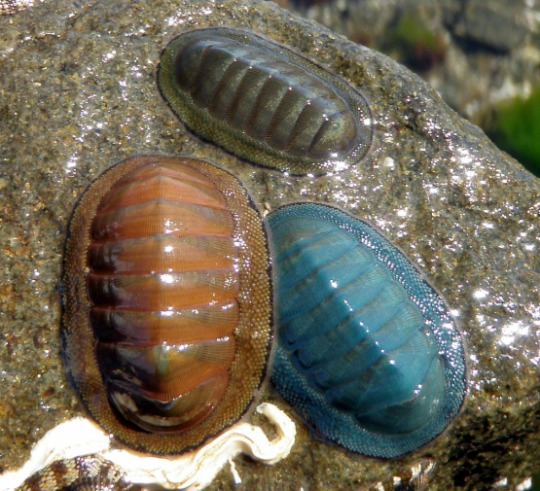
Blue-Green Chiton (Chiton glaucus)
Family: Typical Chiton Family (Chitonidae)
IUCN Conservation Status: Unassessed
Like other chitons, the Blue-Green Chiton is a heavily armoured eyeless mollusc related to marine snails which relies on its strong aragonite-based shell to defend it from potential predators as it slides slowly along on a frilly "foot", clinging to surfaces beneath it as it travels using a layer of thin-yet-sticky mucus and the suction-cup-like shape formed by the foot's frilly rim. Although they lack any conventional eyes, the 8 armoured plates of a chiton contain numerous lens-like structures (also made of aragonite) which focus light onto a retina-like membrane, allowing the chiton to perceive light and possibly basic shapes above them in order to identify potential predators, giving them an opportunity to grip more tightly onto the surface beneath them to prevent them from being flipped over to expose their unarmoured underbelly (although if this does happen they are also able to curl up in order to leave as little of their foot exposed as possible.) Found in coastal and estuarine waters surrounding New Zealand and Tasmania, Blue-Green Chitons spend much of the day concealed in rocky cracks or under large stones and emerge at night to feed, using a spiny tongue-like structure that extends from their tiny downwards-facing mouths to scrape algae off of the rocks beneath them. The name of this species refers to the variety of colours seen on the shells of different individuals; while typically dull green, individuals with blue, yellow or pale brown shells are also frequently reported.
-------------------------------------------------------
Image Source: Here
Also see here for a very cool video explaining how chiton "eyes" work.
#Chiton#chiton#chitons#zoology#biology#malacology#animal#animals#marine animals#marine wildlife#marine biology#mollusc#molluscs#mollusk#mollusks#Oceanian wildlife#Blue-Green Chiton#new zealand wildlife#australian wildlife#wildlife#nature
30 notes
·
View notes
Text
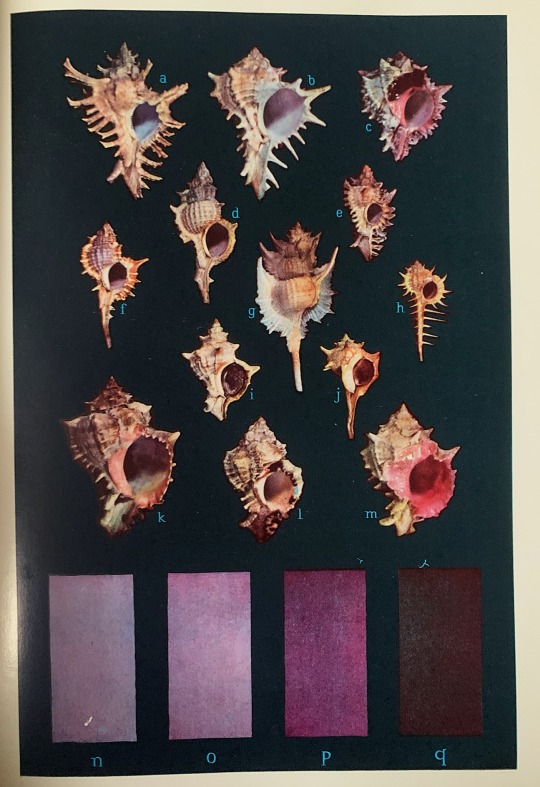

Left: Murex Shells and Royal Tyrian Purple
Right: Nerites, Purple-Sea Snails, and Sun-Dials
MS, R. Tucker A., and The New Illustrated Naturalist. 1954. ‘American Seashells’. 1st ed. Princeton, New
Jersey: D. Van Nostrand Company, Inc.
#seashells#sea life#deep sea#marine biodiversity#sea snail#evolutionarybiology#malacology#natural science#scientific illustration#collection#snailblr#biologyblr#endangered species#signal boost#paleoblr#entomology#evolution
19 notes
·
View notes
Text


Strongylocentrotus but epic
#artists on tumblr#sea urchin#Strongylocentrotus#purpuratus#marine biology#ichthyology#malacology#character design#animation#listen he's got sunglasses because I couldn't figure out how to make eyes work with him. because urchins dont got eyes. so write that down#fursona#furry oc
64 notes
·
View notes
Text
Hey.
I'm Patrick Viteri Romero, I'm a Latin boy from Ecuador 🇪🇨.
I am a young biologist interested in ecotoxicology, bioremediation and environmental pollution... Although I know taxonomy of several animals, I really like pollutants and the effect they have on life...
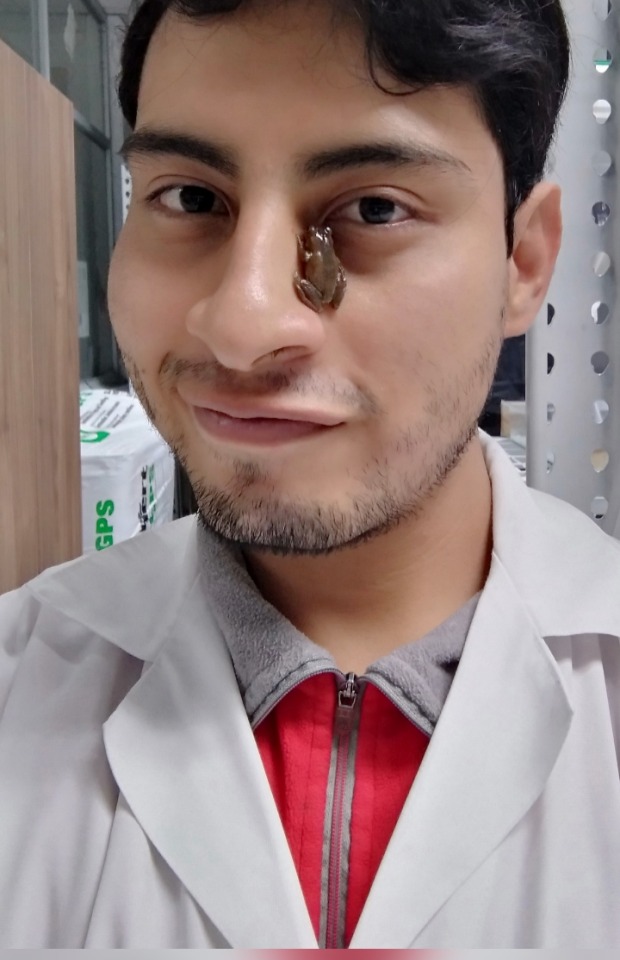
3 notes
·
View notes